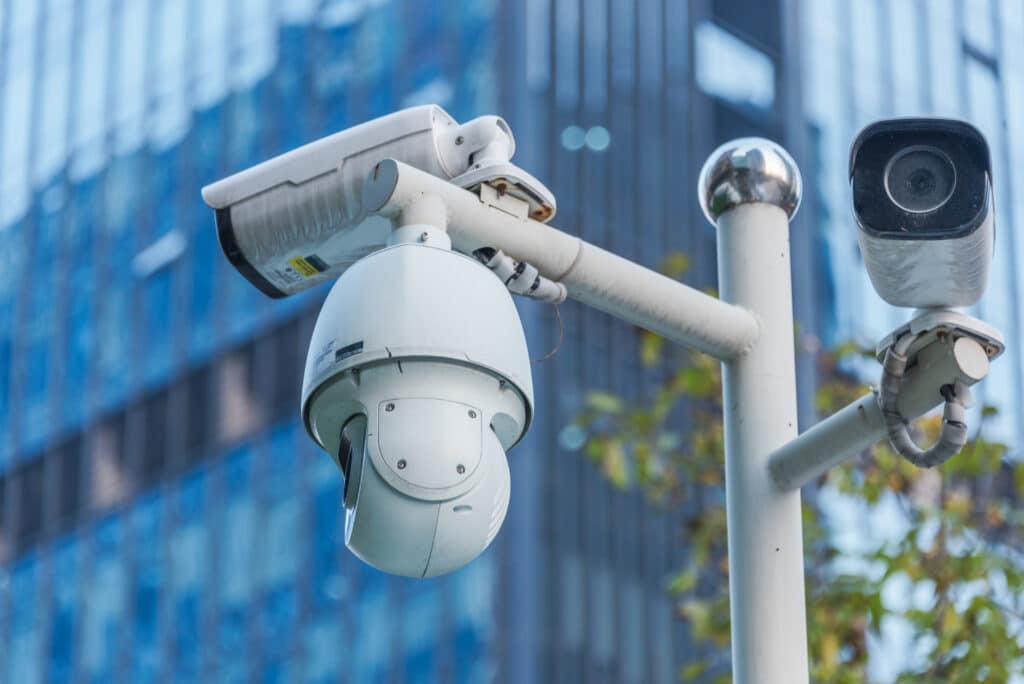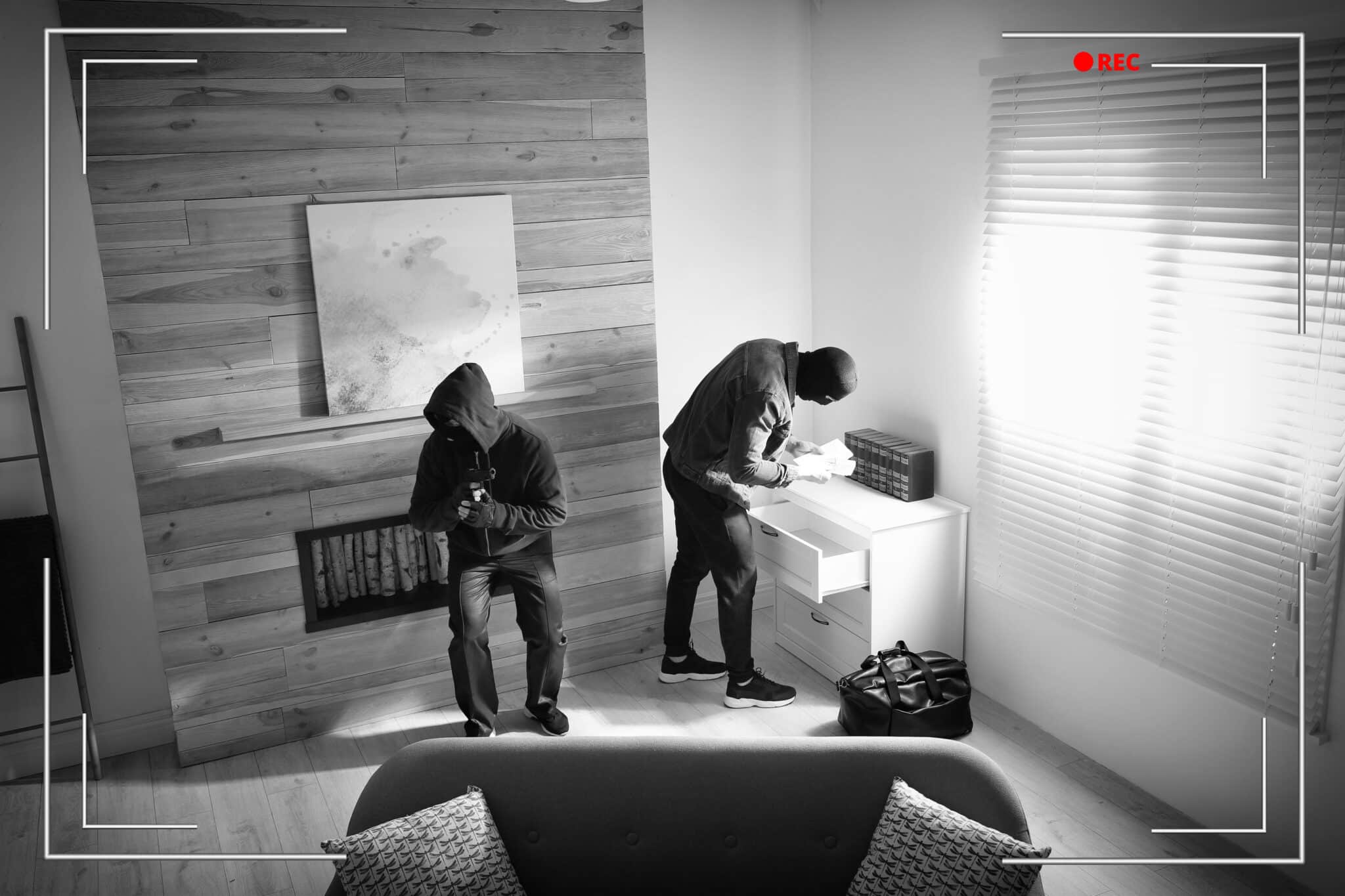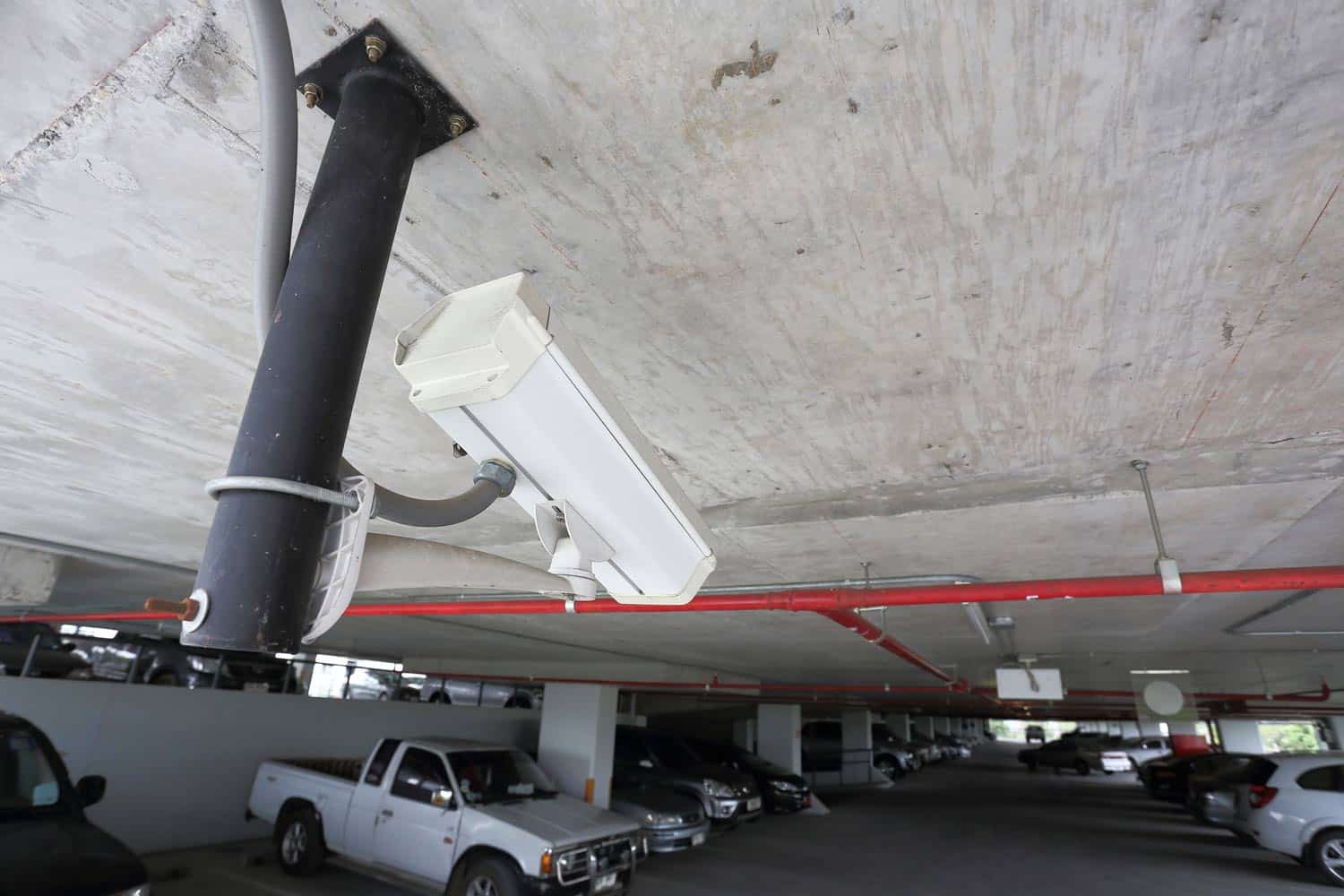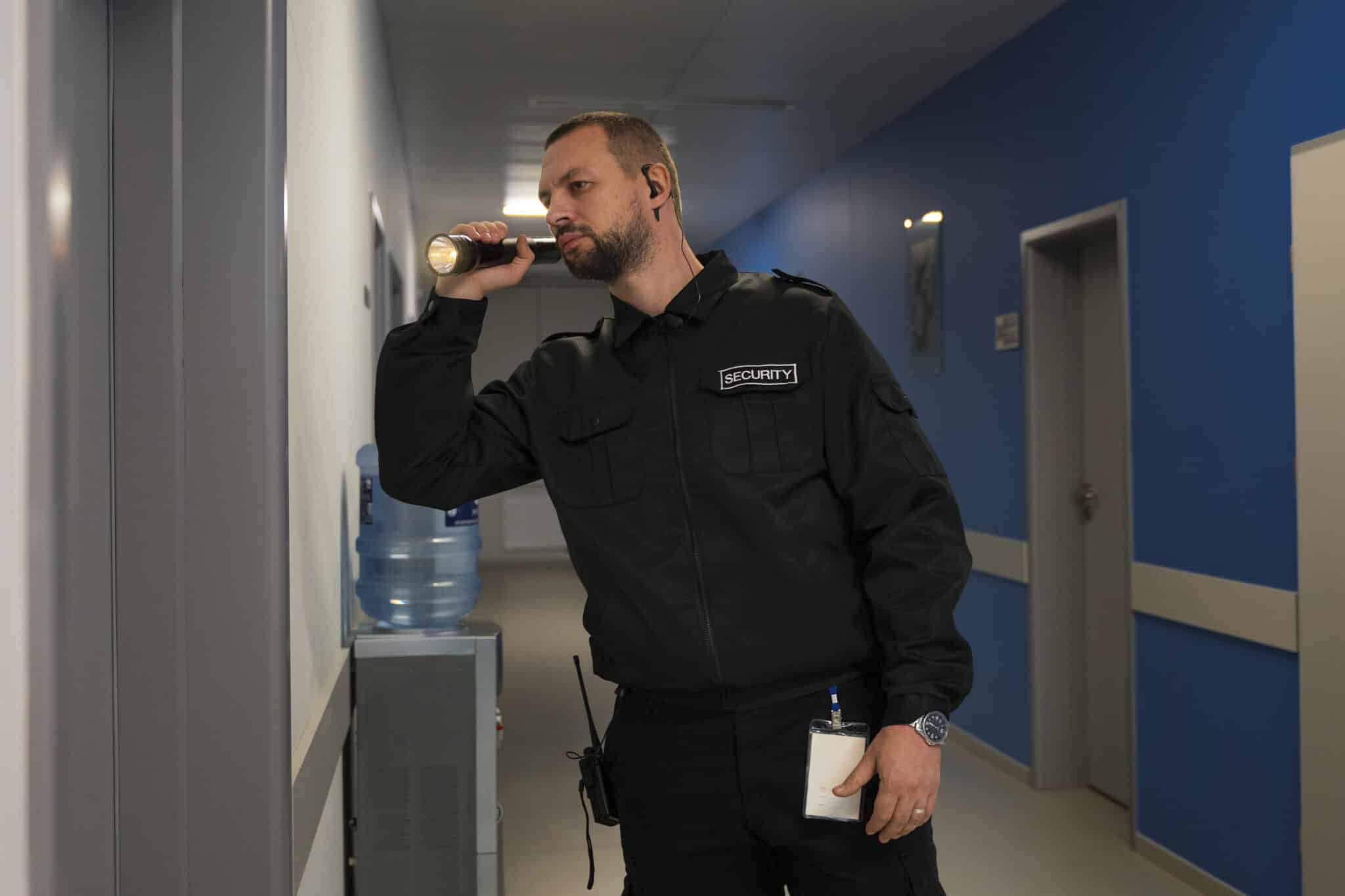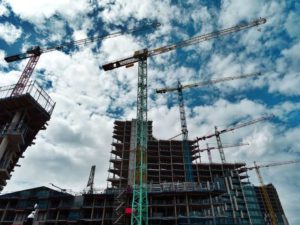If your business relies on physical assets — vehicles, materials, equipment, or storefronts — then cameras are probably part of your security strategy. But the type of system you use makes a big difference. Many companies find themselves choosing between monitored security cameras and an unmonitored security system, often without realizing just how different the two really are.
Monitored security cameras do more than record; they come with trained professionals who actively watch feeds, verify threats, and take action when something looks off. That might mean alerting law enforcement, issuing a voice warning, or contacting you directly.
An unmonitored security system, on the other hand, is more of a simple witness. It may capture excellent footage, but nobody sees that footage in real time.
When choosing between monitored vs. unmonitored surveillance systems, the decision comes down to what kind of risk you’re facing — and how fast you want to respond when something happens. In this post, we’ll compare monitored vs. unmonitored systems across key factors like cost, deterrence, liability, and usability, helping you find the right balance of protection and practicality for your property.
What Are Monitored Security Cameras?
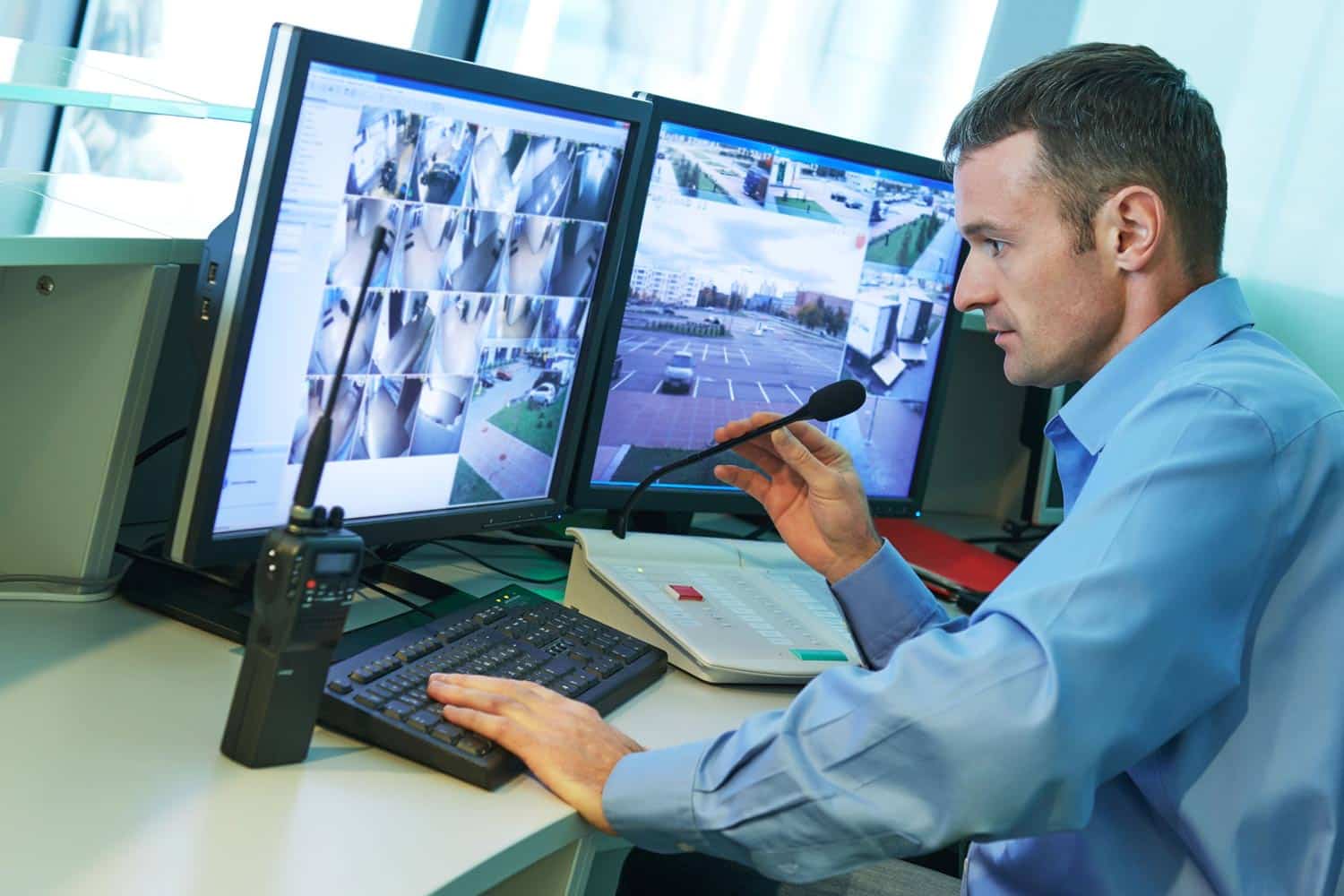
Monitored security cameras are part of a broader system that includes human oversight. While the cameras themselves may look similar to those in unmonitored setups, the difference lies behind the scenes — that is to say, in the remote monitoring center.
Here, trained security professionals keep an eye on live feeds or motion-based alerts. When something suspicious happens, like a trespasser jumping a fence, a car lingering too long, or someone looking like they’re about to try tampering with equipment, the virtual guard can respond immediately. This might include:
-
Speaking through a built-in speaker to warn the intruder
-
Calling the police or fire department
-
Alerting the business owner or site manager
-
Logging the event and providing real-time video clips
This active involvement turns cameras into more than just recorders. With a monitored security camera system, they become deterrents, watchdogs, and first responders.
What Is an Unmonitored Security System?
An unmonitored security system relies solely on automation and post-incident review. It may record continuously or be triggered by motion, but there’s no human oversight. Instead, you (or someone on your team) are responsible for checking alerts, reviewing footage, and contacting authorities if needed.
For small properties or low-risk locations, this approach might be enough. It’s typically more affordable upfront and doesn’t require ongoing service fees. But without a person watching in real time, response delays are common — and deterrence is minimal. Most intruders know that unmonitored cameras aren’t watching them live.
Many businesses install unmonitored systems thinking they’ve “covered their bases” — only to realize, after a break-in or act of vandalism, that footage alone doesn’t prevent loss or damage.
That doesn’t mean that this sort of camera system isn’t worthwhile, of course. The presence of cameras alone can be a deterrent, and good security camera footage can help authorities identify and track down the culprits involved. But there are tradeoffs involved in terms of active protection.
Let’s break down how monitored vs. unmonitored systems compare across key decision points — and where each one fits best.
Key Differences Between Monitored and Unmonitored Surveillance Systems
The difference between monitored security cameras and an unmonitored security system can go far beyond who’s watching. Each system brings a distinct level of protection, liability coverage, and operational load — all of which can impact your bottom line.
1. Response Time
Monitored systems shine here. Because someone is actively watching or receiving verified alerts, action happens fast. Virtual guards can intervene within seconds — which can stop a crime in progress or prevent escalation.
With unmonitored systems, response is up to you. If an alert comes in after hours and no one sees it, valuable time is lost.
2. Deterrence
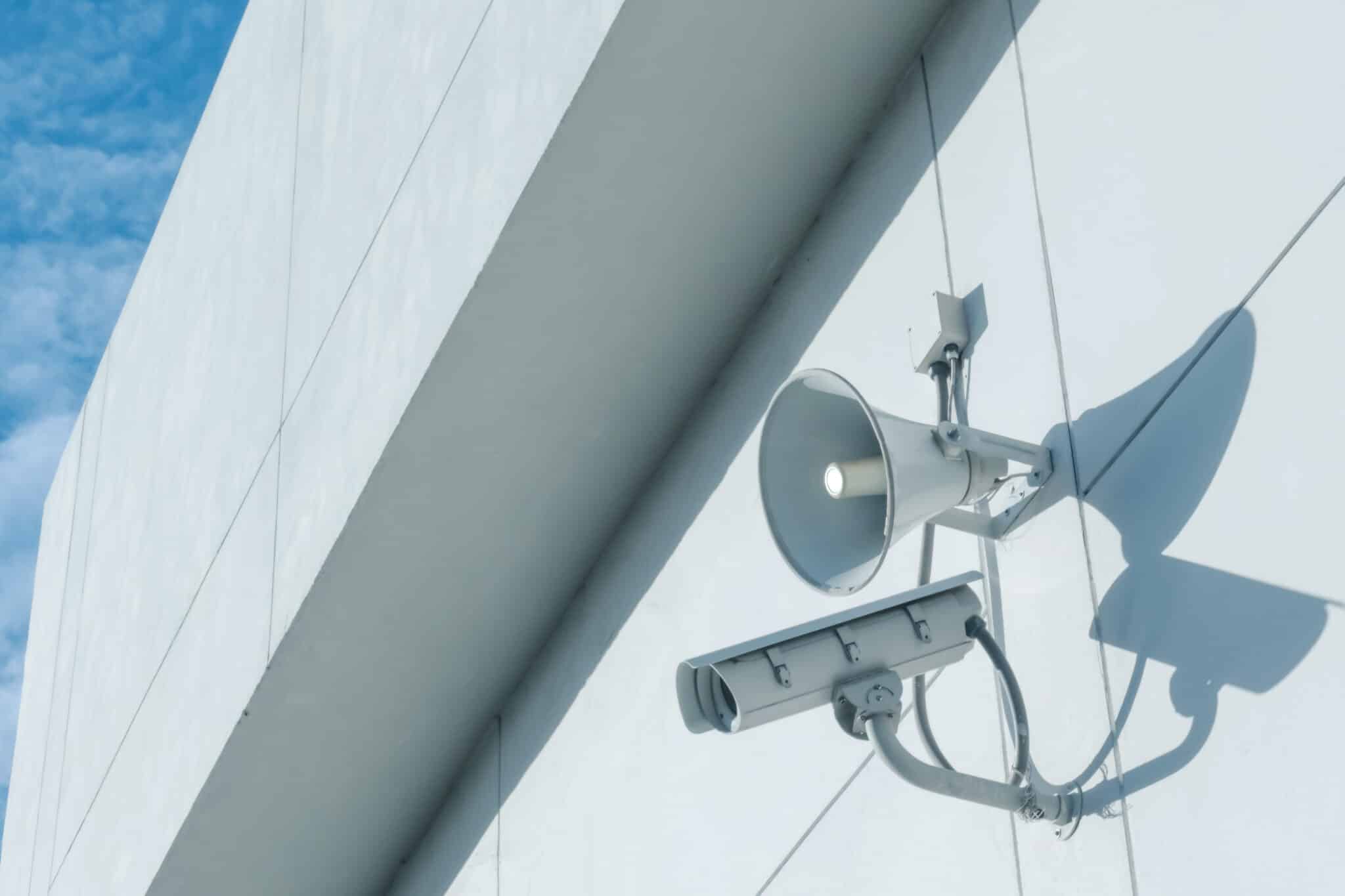
Criminals tend to think twice when they know someone’s watching. Audio warnings and visible signage that mention 24/7 monitoring often prevent incidents before they start.
As mentioned previously, unmonitored cameras offer some deterrence. Camera footage can be used to identify a suspect later, assuming the footage is clear and accessible, and a visible camera pointed at every entryway the trespasser looks at might be enough to get them to decide the risk isn’t worth it.
However, they might also conclude that they’re concealed enough to evade identification, or that they’ll be far enough away by the time anyone notices to not be at serious risk of capture. So, in terms of deterrence, unmonitored systems do fall a little shorter of their monitored counterparts.
3. Liability and Insurance
Some insurance providers offer reduced premiums for businesses using monitored security cameras, especially when paired with documented incident response. A quick intervention can also reduce your liability in injury or theft claims.
Unmonitored footage may be used to stop a lawsuit (say, by showing that someone claiming liability was clearly at fault). However, you won’t be able to demonstrate that you took immediate action to stop harm.
4. Staffing and Oversight
This is one area where unmonitored systems can come out ahead; after all, nobody has to pay the salary of a CCTV recorder. Virtual guards at monitored systems are significantly more affordable for the level of coverage you get than a comparable amount of on-site guards would be, but they are still more expensive than unmonitored systems.
However, monitored systems reduce the burden on internal staff. You don’t need to assign someone to check feeds or review alerts — it’s handled by professionals. Unmonitored systems shift all that oversight to your team, which can lead to missed threats when workloads are high.
A monitored system can identify threats before they happen. For instance, if someone is casing your establishment and showing up on multiple nights, they can be identified as a risk before they even set foot on your property. A monitored system can identify this; an unmonitored system means you wouldn’t have a clue unless you were having a staffer review all the previous night’s footage every morning.
When to Choose Monitored Security Cameras
Monitored security cameras are ideal for high-risk, high-traffic, or high-value environments — places where quick intervention makes a real difference. These systems are particularly effective in:
-
Construction sites, where equipment theft and trespassing are common
-
Car dealerships and parking lots, where property is exposed and attractive to thieves
-
Warehouses or distribution centers, especially those operating overnight
-
Retail locations with repeat vandalism or loitering issues
-
Cannabis or liquor facilities, where compliance and security are tightly regulated
In these settings, the value of early detection, live response, and video verification far outweighs the cost of monitoring. Many business owners also appreciate the peace of mind involved in knowing someone’s watching when they can’t be.
When an Unmonitored Security System Might Work
Not every business needs live monitoring. An unmonitored security system may be appropriate if:
-
You’re monitoring a small or low-value property
-
You already have on-site staff during vulnerable hours
-
Your budget is tight and recording is the priority
Even then, it’s important to set expectations. These systems are better suited to documentation than deterrence. In other words, they tell you what happened, not what’s happening.
Should You Use a Monitored or Unmonitored Surveillance System for Your Business?
There’s no one-size-fits-all answer, but understanding the core differences between a monitored security camera system and an unmonitored security system is the first step in making the right choice. For many commercial properties, the added cost of monitoring pays for itself the first time it prevents a break-in, stops a liability claim, or catches an intruder in the act.
Ultimately, the right solution depends on your risks, your resources, and how proactive you want your security to be.
Ready to Strengthen Your Security?
Whether you’re protecting a construction site, dealership, or commercial property, Pro-Vigil can help you choose the right system — and keep eyes on it 24/7. Our monitored security camera solutions combine smart technology with real human oversight to stop threats before they become losses.Want to see how it works in action? Contact Pro-Vigil today for a free security assessment and customized quote.

